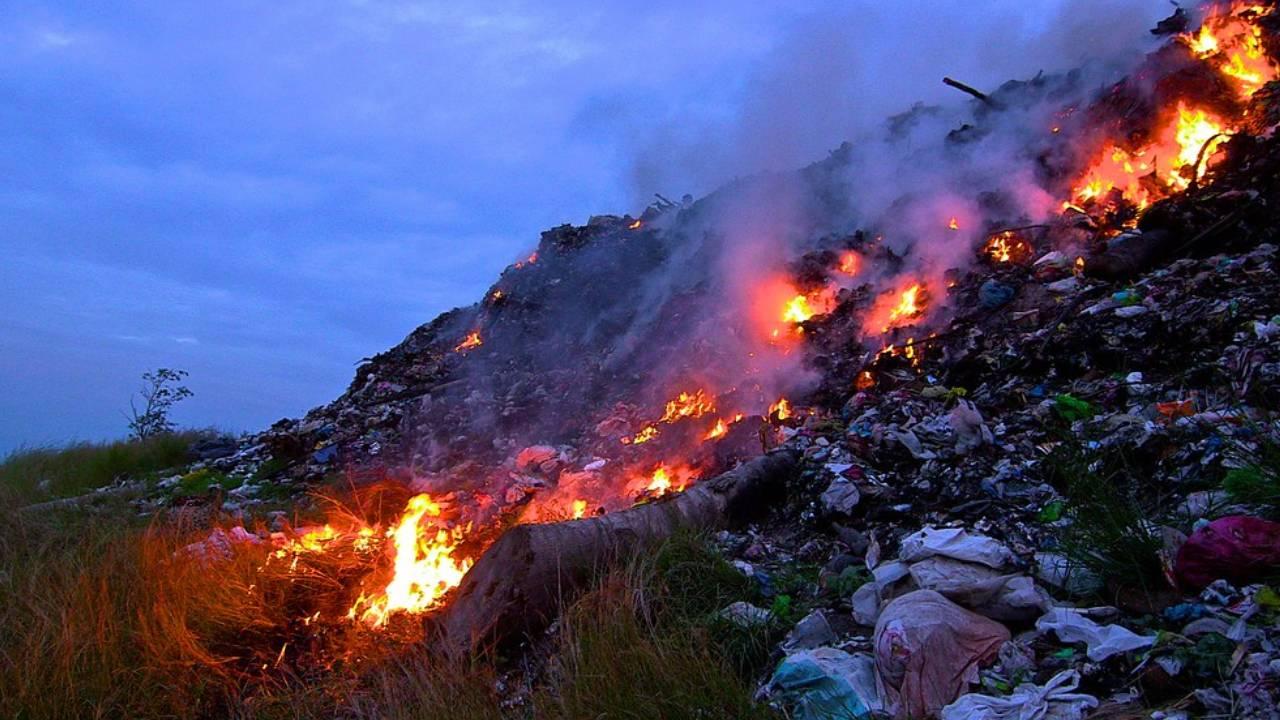The Delhi government has drawn up a summer action plan to tackle Delhi’s pollution problem. Under this, the campaign against open burning is going on, which will continue till May 12. So far 1,915 sites have been visited as part of the campaign. and notices/challans have been sent to 21 people.
Delhi Environment Minister Gopal Rai said, “During this time, 500 teams from ten departments have been deployed as part of the anti-open burning campaign. They are responsible for taking immediate actions to monitor and prevent open burning incidences in Delhi. Also, MCD has been given instructions to take all necessary actions to control fire accidents at the landfill site,”.
“The DPCC will also start running special drives for industrial units from April 20 onwards. Wherever environmental rules or norms are broken, necessary actions will be taken. In addition, all 1,607 registered industrial units in Delhi have been converted to PNG, and if any industrial unit is found to be breaking environmental regulations, the concerned agency will take necessary and strict actions against them,” ‘ he added.
Also Read: Gazipur Landfill Still Smouldering, Delhi Government Directs ₹50 Lakh Fine on MCD
A high-level meeting with experts from DPCC, MCD, IIT Delhi, Department of Environment, TERI, DTU, CSE and all other relevant departments in the Delhi Secretariat was held on 21 April to resolve the fires in the Delhi’s growing landfills.
The air quality index (AQI) in Delhi has consistently remained in the ‘poor’ category for nearly three weeks, from March 28, going by the Central Pollution Control Board (CPCB) bulletins.
On Friday, AQI had improved to reach 201, better than 280 recorded the previous day, but still in the ‘poor’ category, with PM10 and ozone as the predominant pollutants.


























